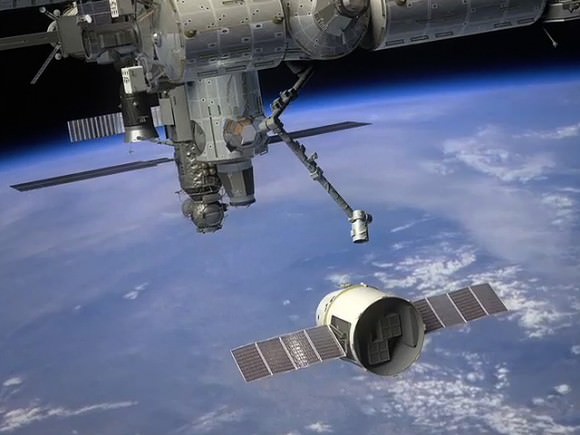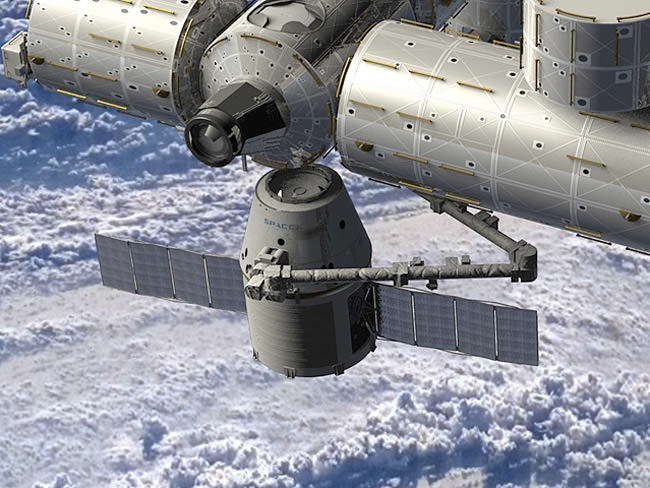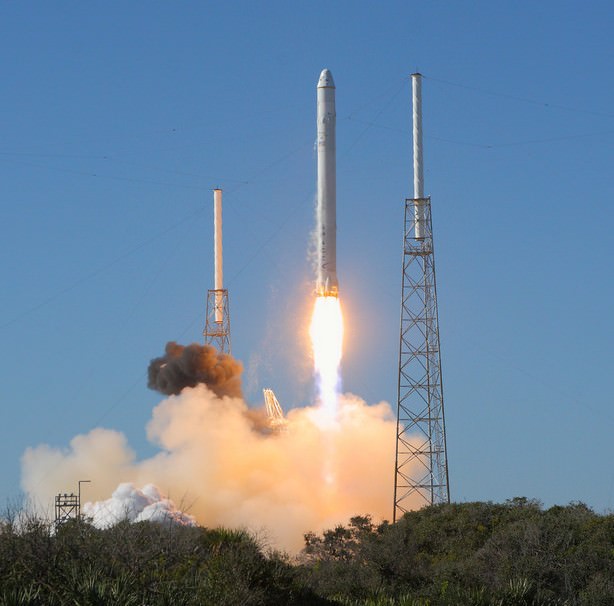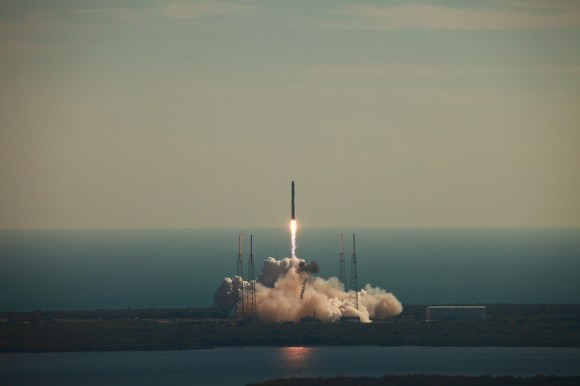[/caption]
Matters of space flight are no different than other international issues. What is said (or not said as the case may be) can suffer from being “lost in translation.” Such was the case recently when the media (this website included) reported on a Ria Novosti article that claimed that members within the Russian Space Agency had stated opposition to Space Exploration Technologies (SpaceX) docking their next Dragon spacecraft with the International Space Station.
“This was never a SpaceX issue,” said NASA Spokesman Rob Navias during a recent interview. “This was an International Space Program issue – which has final approving authority for any spacecraft set to dock with the International Space Station – be it the HTV, ATV or even Soyuz, they all have to go through the exact same process.”
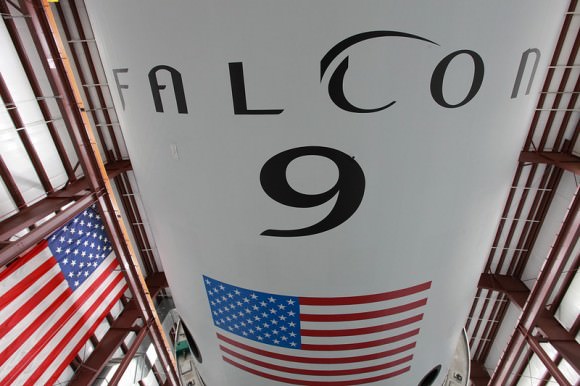
Navias stated emphatically that the Russian Space Agency never stated that they would not allow SpaceX to dock with the ISS – only that they wanted to ensure that the NewSpace firm followed the same procedure required of all other participants on the station (both a Stage Readiness Review as well as a Flight Readiness Review).
“This is basically an issue of semantics, of interpretation,” Navias said. “The Russian media wrote this article and when it was translated – it appeared as if that Russia was saying something – which they simply weren’t.”
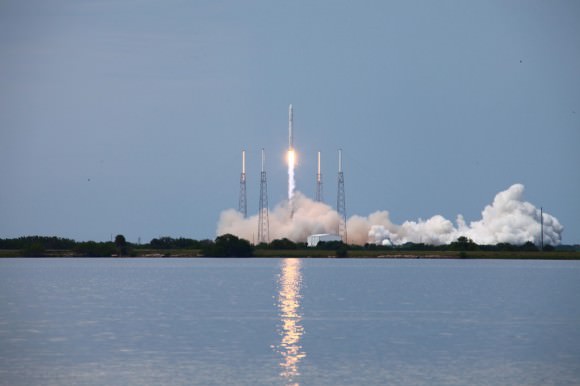
The partners involved in the International Space Station Program, the United States, Russia, the European Union, Japan and Canada all comprise a committee that determines matters concerning the orbiting laboratory. No one partner has a ‘controlling authority’ over the ISS. A good example of this is when Russia flew Dennis Tito to the ISS in 2001 – over initial U.S. objections.
If all goes according to plan SpaceX will launch the next Falcon 9 rocket with its Dragon spacecraft payload no-earlier-than Dec. 19, 2011 (although technically that launch is still on the books for Nov. 30). The Dragon, if cleared, will conduct station-keeping alongside the ISS where the station’s mobile servicing system (Canadarm 2) will grab it and then it will be docked to the ISS.
This mission could see both COTS 2 and COTS 3 mission objectives combined. Cargo from the International Space Station would then be placed into the Dragon which would return to Earth, splashing down in the Pacific Ocean, off the Coast of California.
